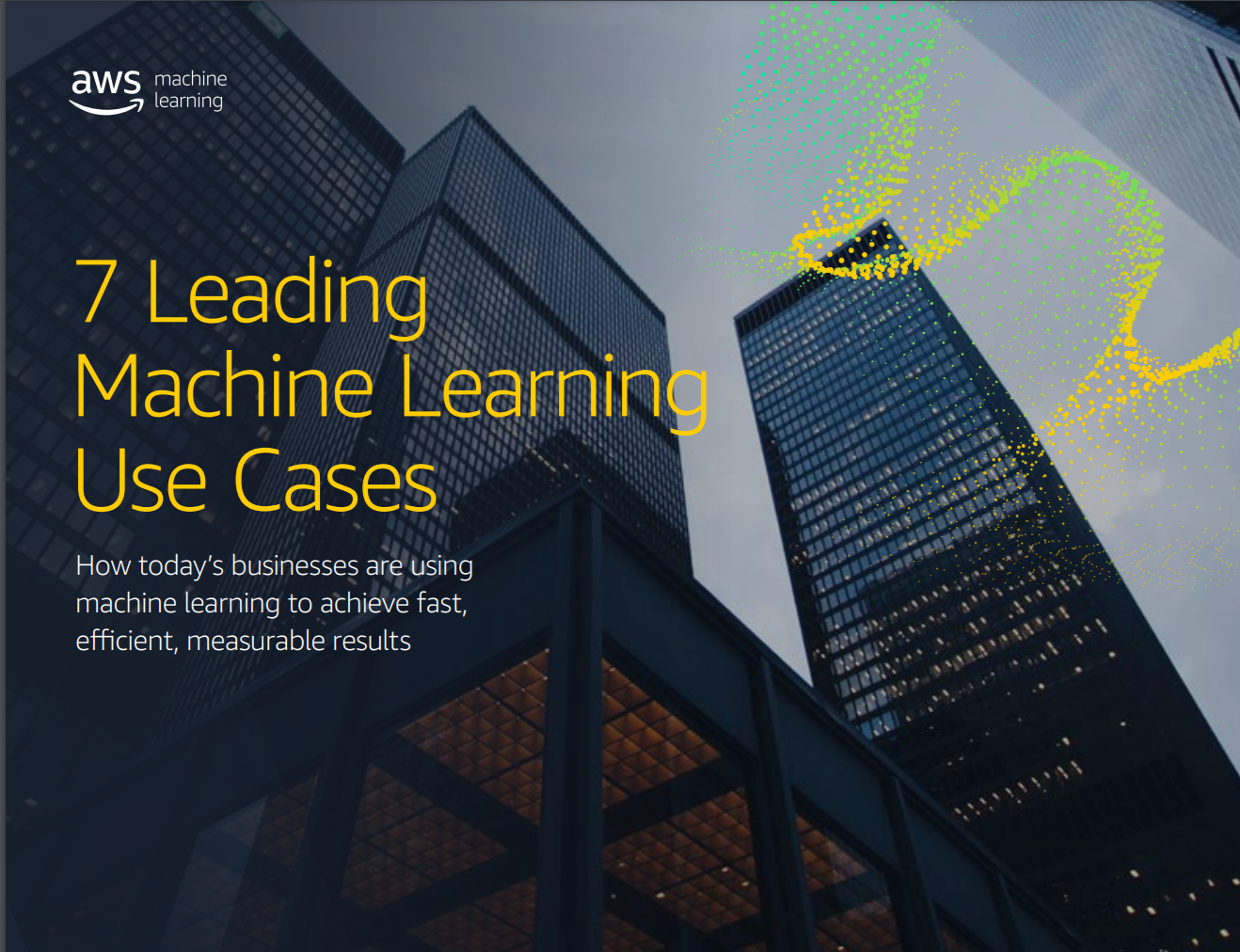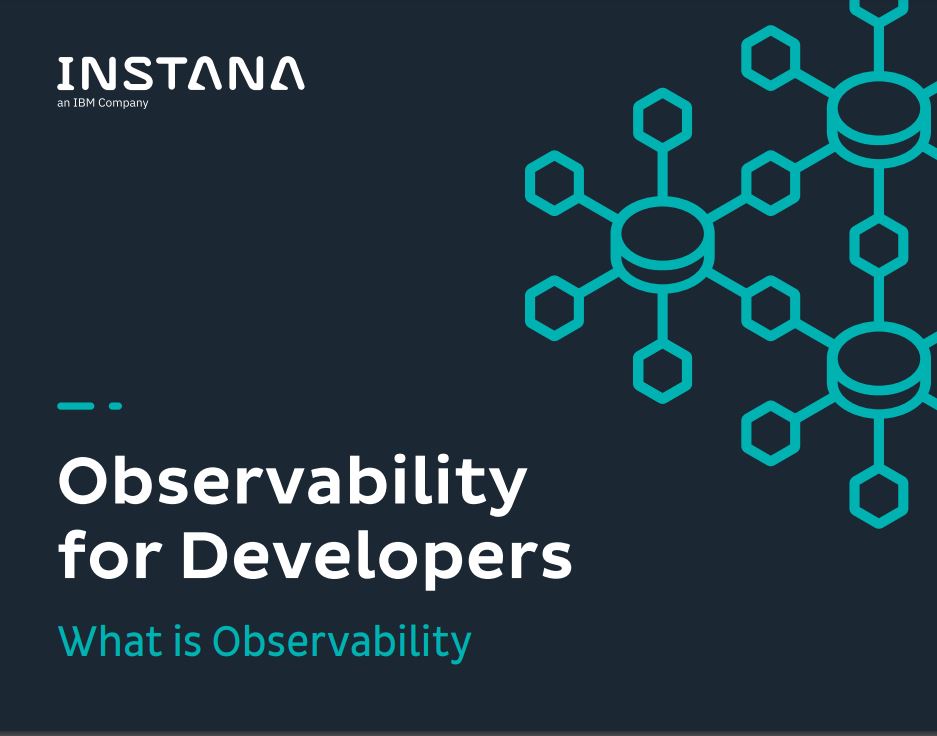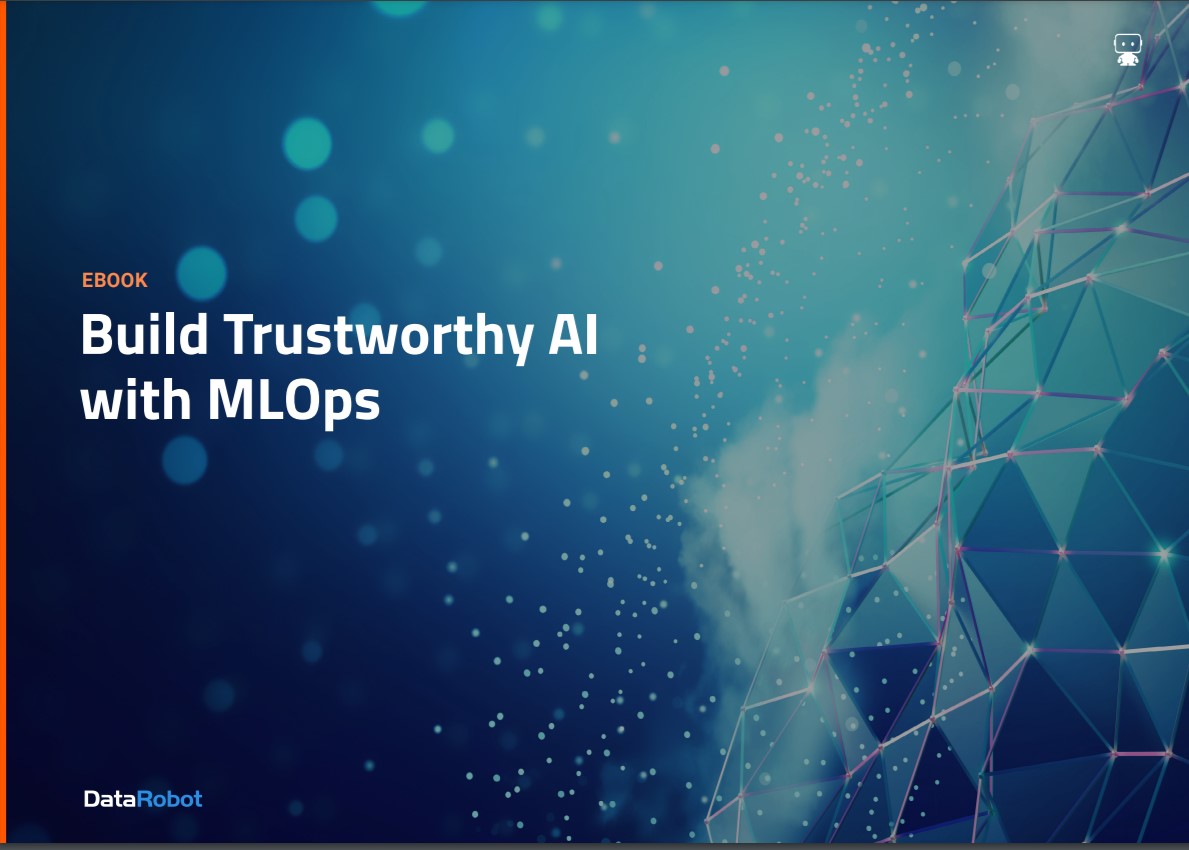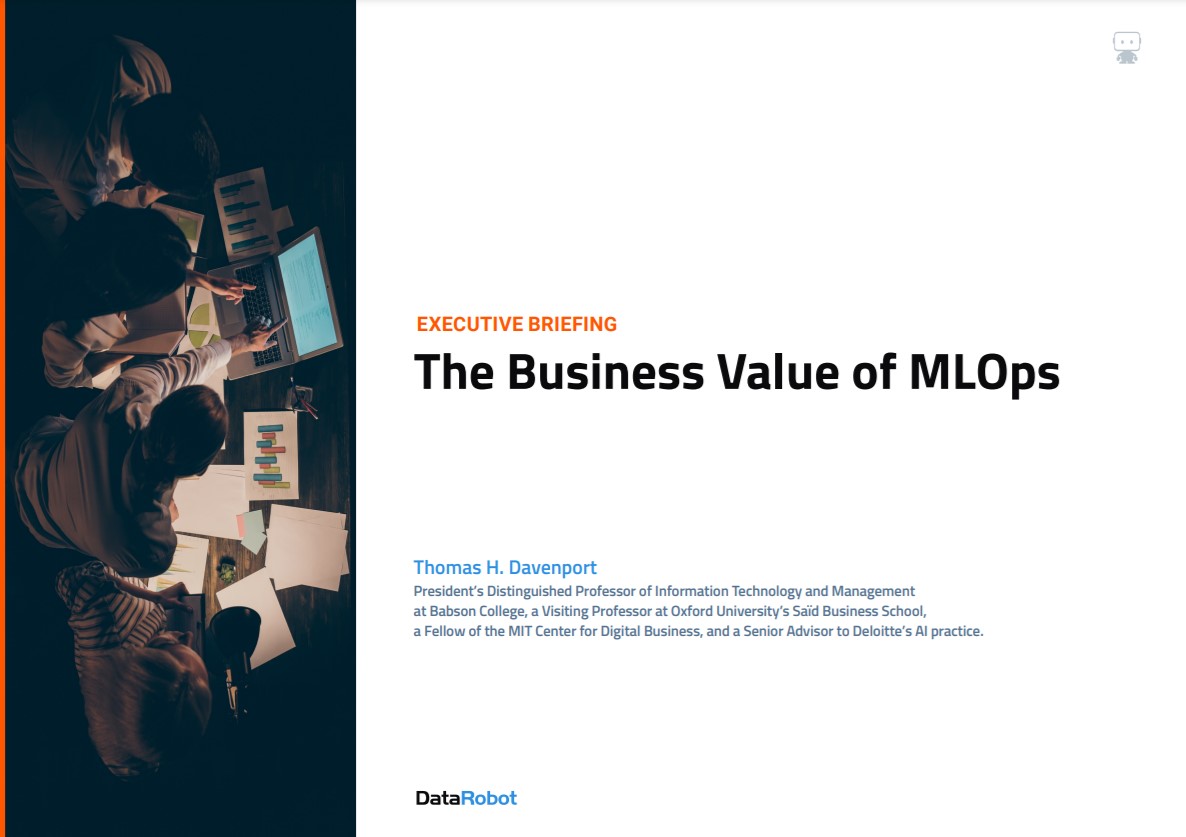What does the future look like for AIOps?
Discover how AIOps is evolving and how enterprises can ensure they benefit from the opportunities the technology offers


Artificial intelligence for IT operations, typically shortened to AIOps, is a term that refers to the integration of artificial intelligence (AI) in IT management, usually in the form of monitoring tools.
Its global market is set to grow to around $1.1 billion (£801 million) by 2024, according to research from Omida. Despite this, it’s adoption isn't likely to be uniform across all verticals.
Roy Illsley, Omida’s chief analyst, suggested entertainment, healthcare, and media are the main industries leading the way, with professional services and energy also predicted to adopt the technology at a slower pace.
On top of this, research from Gartner underlined the estimated market size for AIOps is $1.5 billion, with a compound annual growth rate of around 15% between 2020 and 2025.
AIOps – deeper insights and greater automation
AIOps allows IT software and infrastructure to be monitored and operated by AI tools. This allows businesses to use it rapidly to identify and solve tech issues like security breaches, or even predict them in advance.
AIOps has been growing in relevance, especially as organisations take on increasingly complex hybrid cloud and multi-cloud architectures.
“Ultimately AIOps will be used to improve monitoring and incident response through gaining deeper insights and greater automation to address various operational challenges,” says Liam Rogers from 451 Research, who is a research analyst in the applied infrastructure, cloud native, and DevOps teams.
Get the ITPro daily newsletter
Sign up today and you will receive a free copy of our Future Focus 2025 report - the leading guidance on AI, cybersecurity and other IT challenges as per 700+ senior executives
“We see organisations leveraging AI/ML (machine learning) enhanced tools to meet a number of needs, including improving correlation across previously siloed datasets such as logs and metrics. This will remove the manual task of setting thresholds and also augmenting simultaneous adoption of other new technologies, such as Kubernetes monitoring.”
A natural evolution of DevOps
AIOps represents a natural evolution of DevOps, as you might be able to guess from the name, according to Illsley. Its benefits can include being more inclusive of all the activities that impact both the employee and customer experience, and potentially even business outcomes.
"It's effectively a new name for the collective of different operation management solutions from information technology service management (ITSM) to information technology operations analysis (ITOA)," he explains.
RELATED RESOURCE

The IT Pro Podcast: DevOps for fun and profit
How to successfully build a DevOps practice to supercharge your software development
Illsley goes on to suggest that the market for AIOps is being approached differently by various vendors, but that they're all aiming to find a similar place. As such, he expects to see automation, integration, and data correlation systems advance over the year. He also suggests the market will begin to consolidate next year, as more capabilities will see an increase in mergers and acquisitions.
Bola Rotibi, research director, software development at CCS Insight, adds that we’re likely to see more acquisitions in the security space as this is a topic at the front of minds; we may even start to see a possible link-up between AIOps and 5G “but as of yet it remains unclear how meaningful this will be”.
“It’s more likely we’ll potentially see stronger trends towards IoT and Edge operations, with AIOps coming up against the process control industry. Now, that could be an interesting and worthwhile pairing,” she points out.
How to prepare your business for AIOps
Introducing the latest technologies can be seen as a way for organisations to accelerate growth, increase efficiency and improve customer service; AIOps presents many benefits, such as reducing downtime, resolving issues faster and freeing up engineers to work on more pressing projects by automating tasks. However, it adds a new level of complexity and if this isn’t matched with organisational readiness, it will fail to deliver on these business outcomes.
RELATED RESOURCE

Seven leading machine learning use cases
Seven ways machine learning solves business problems
One of the first challenges is to educate businesses about what AIOps actually is. “It’s a fairly new discipline and many organisations still don’t fully understand it,” says Sumant Kumar, director of digital transformation at consultancy firm CGI.
Without this understanding, organisations won’t fully discern what they want to achieve, won’t put the effort into doing proper assessments of their needs, capabilities and what they already have, and will end up with unnecessary purchases and poor implementations.
“The adoption of new concepts that claim to be a silver bullet traditionally failed to deliver fully on their promises. AIOps is no exception: It’s not a shrink-wrapped solution that can simply be deployed in order to automatically generate an improvement in performance,” Illsley explains.
“Instead, it’s the application of AI to the different activities IT performs. By linking all these, sharing knowledge and automating actions, AIOps can deliver. But this requires the IT department to be honest in terms of the current level of organisational maturing and what it can realistically expect to achieve in the next 12 months by using AIOps.”
Ensure an organisation-wide approach to AIOps
Although challenging, professor Andy Pardoe, founder and managing director of AI consultancy Pardoe Ventures, believes that designing an organisation-wide approach to AIOps is key to success.
“For large organisations with multiple disconnected data science teams, there’s a risk that they might independently define different approaches to AIOps, which then makes standardisation across groups more difficult. Therefore, it’s critical to get the timing of this definition right. Only invest in AIOps once you understand what AI capabilities your organisation needs, and are ideally able to standardise the AI development approach across the different data science teams.”
Dig deep
Gualtieri advises that organisations ensure they do due diligence before purchasing an AIOps solution and dig deep into the way vendors use technologies such as ML, as they may “use it in a trivial way”.
The final challenge for teams to then overcome is integrating with data sources, from log files and database statistics to customer incident reports. “By enabling the AIOps system to access as much data as possible it’s performance will increase exponentially,” says Adam Leon Smith, Fellow of BCS, the Chartered Institute for IT and chair for the institute’s special interest group in software testing.
Only by taking the time to both understand AIOps and the business’ needs and maturity can an organisation truly unleash its full capabilities and power. However, when implemented correctly, this technology can deliver greater agility and flexibility – highly advantageous in these challenging times.
Keri Allan is a freelancer with 20 years of experience writing about technology and has written for publications including the Guardian, the Sunday Times, CIO, E&T and Arabian Computer News. She specialises in areas including the cloud, IoT, AI, machine learning and digital transformation.
-
 Bigger salaries, more burnout: Is the CISO role in crisis?
Bigger salaries, more burnout: Is the CISO role in crisis?In-depth CISOs are more stressed than ever before – but why is this and what can be done?
By Kate O'Flaherty Published
-
 Cheap cyber crime kits can be bought on the dark web for less than $25
Cheap cyber crime kits can be bought on the dark web for less than $25News Research from NordVPN shows phishing kits are now widely available on the dark web and via messaging apps like Telegram, and are often selling for less than $25.
By Emma Woollacott Published
-
 Google CEO says more than 25% of the company's code is now AI-generated – is this the future of software development?
Google CEO says more than 25% of the company's code is now AI-generated – is this the future of software development?News Google’s AI-generated code focus is a sign of the times in software development
By George Fitzmaurice Last updated
-
 Reinventing procurement
Reinventing procurementWhitepaper From cost center to innovation driver
By ITPro Last updated
-
 Supercharge code generation with IBM watsonx Code Assistant
Supercharge code generation with IBM watsonx Code AssistantWebinar Enabling developers of all skills levels with AI-generated code
By ITPro Published
-
 Automating application-driven container elasticity
Automating application-driven container elasticityWhitepaper For platform and DevOps engineers looking to operationalize speed to market while assuring application performance
By ITPro Published
-
 Observability for developers
Observability for developersWhitepaper What is observability
By ITPro Published
-
 Build trustworthy AI with MLOps
Build trustworthy AI with MLOpsWhitepaper AI performance, operations, and ethics
By ITPro Published
-
 The business value of MLOps
The business value of MLOpsWhitepaper The benefits and challenges of machine learning operations
By ITPro Published